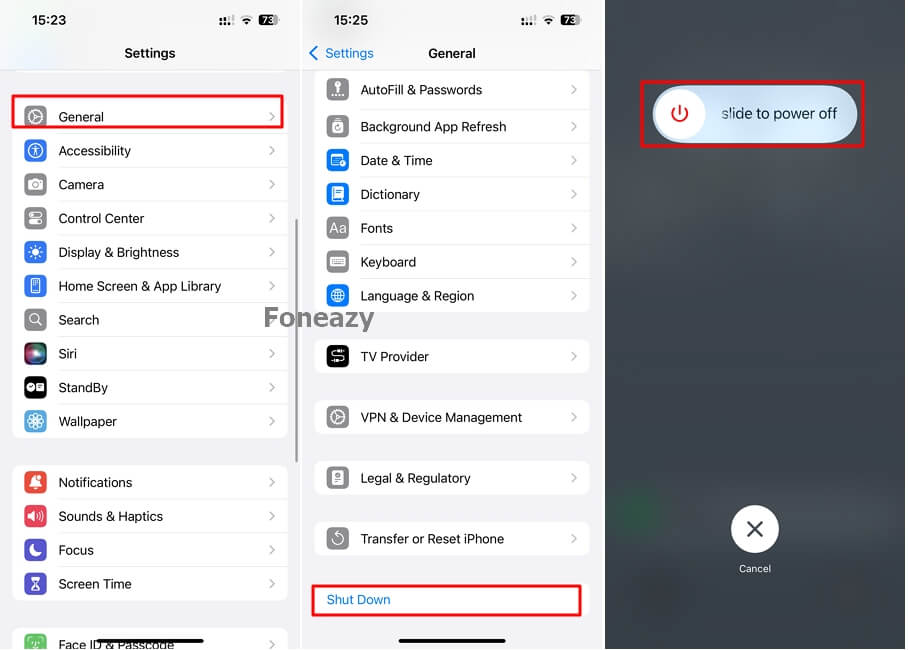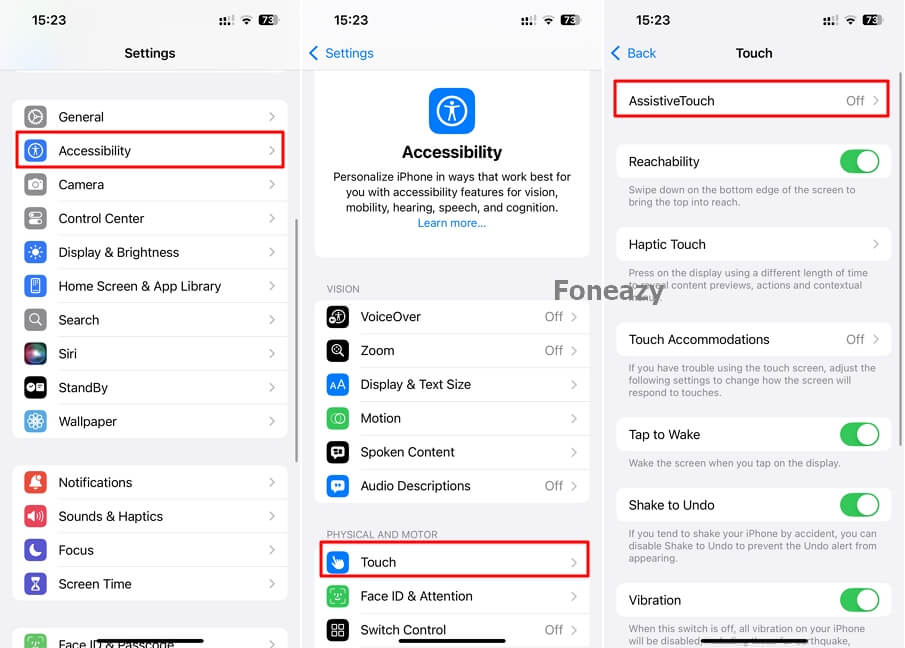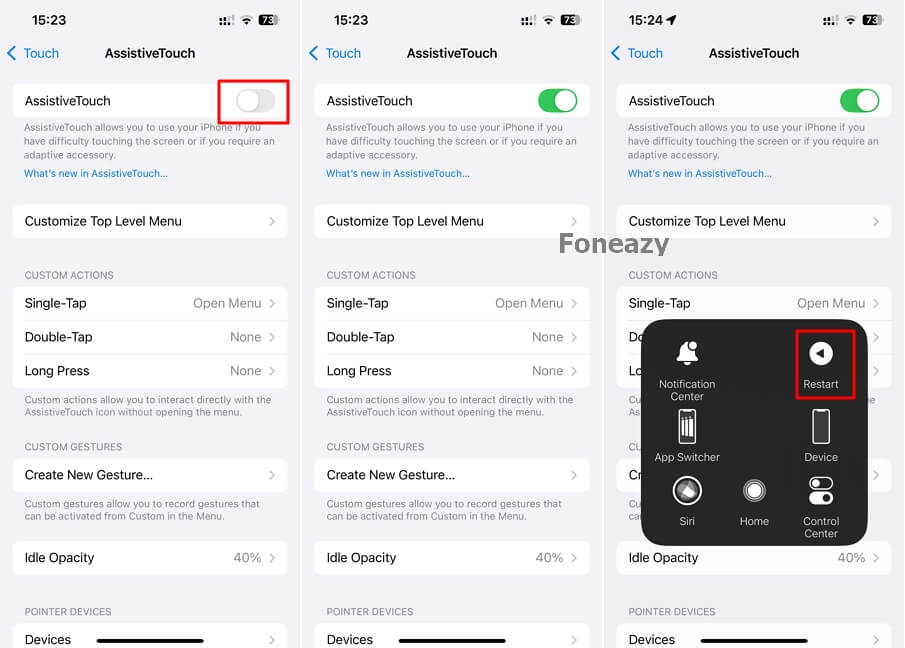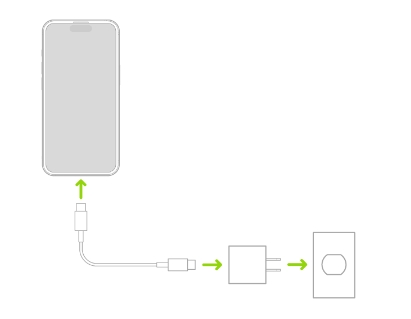Hot Topics
 by Maggie Mueller
Updated On Sep 20, 2024
Published On Sep 20, 2024
Basic iPhone Tips Ideal for Newbies
by Maggie Mueller
Updated On Sep 20, 2024
Published On Sep 20, 2024
Basic iPhone Tips Ideal for Newbies
Are you trying to turn off your iPhone, but the normal power-off procedures aren't working? When your iPhone won't turn off, and you can't figure out why, it's easy to worry that this could be a symptom of a bigger problem. This guide will explain why you can't turn off your iPhone and how to fix the issue easily.
Before we look at solutions, it's important to understand the possible underlying causes. The most common reasons why your iPhone may not turn off include software issues or problems with the screen, power button, or both.
Whatever the cause, the solutions outlined here should help resolve the issue.
If your iPhone is completely frozen and won't respond, a force restart can help. This won't delete any of your data or settings. Apple recommends a force restart when your iPhone isn't responding, and you can't turn it off normally.
Here's how you can force restart your iPhone based on your model:
Force Restart an iPhone with Face ID (and iPhone 8 or iPhone SE (2ND Generation)

Force Restart an iPhone 7 and 7 Plus
Press and hold both the Side button and the Volume Down button simultaneously. Continue holding both buttons until the Apple logo appears on the screen.

Force Restart an iPhone 6s, iPhone SE (1st Generation), and earlier models
Press and hold both the Home button and the Power button at the same time. Release both buttons when the Apple logo appears on the screen.

The second option you can try is using the built-in "Shut Down" feature to turn off your iPhone through the settings. Here's how:

If the Power button doesn't work, you can use AssistiveTouch to turn off the device with a software power button. Once enabled, AssistiveTouch allows you to control all aspects of the device directly from the screen, including turning it off.
Here's how to enable it:


If you're not in a hurry to turn off your iPhone, you can simply let the battery run out. To speed up the process, play games, watch videos, or use apps that drain battery faster.
Once the battery is completely drained and the phone shuts off, place it on the charger for at least an hour. When the phone powers back on, try turning it off again. If it still doesn't turn off, try force restarting it.

Bugs in the iOS system can also interfere with the device's shutdown process, potentially causing the phone to freeze or become unresponsive.
If this happens, the TinyFix iOS system repair tool tool can help. This tool has a simple interface and can repair the iOS system without causing data loss. The repair process only takes a few minutes.
Here's how to use the system repair tool:
Download and install the program on your computer.
After installation, open it and select the "iOS System Repair" mode. Use the original lightning cable to connect your iPhone to the computer. The program should automatically detect your device.

Next, you'll see information about how the program works and the types of issues it can fix. Select "Standard Repair Mode" to repair your device without losing any data, then click on Fix Now.

On the next screen, you'll be prompted to download the firmware necessary to repair your device. Choose the appropriate firmware and click Download. This step should only take a few minutes.

Once the firmware has been downloaded, click Fix to begin repairing your device. The process will only take a few minutes, and your iPhone will restart once the repair is complete.

Restoring your iPhone can reset the device and fix any system malfunctions affecting the power-off function.
Once the process is finished, disconnect your iPhone and check if you can turn it off.


If none of these steps resolve the issue, or if the problem persists after using a third-party system repair tool, the issue may be hardware-related. In this case, your best option is to take the device to the nearest Apple Store.
Hardware problems, like a damaged battery connector, can cause this issue. Apple technicians can quickly diagnose the problem and provide solutions. If your device is under warranty, the repair may be covered. Be sure to make an appointment before visiting the Apple Store to avoid long wait times.
It can be frustrating when your iPhone won't turn off. While software issues are often the cause and can be fixed using one or more of the solutions above, sometimes the underlying issue could be more serious.
If you've tried all the software fixes and the problem persists, it's best to get your device checked by a professional to ensure there's no underlying hardware issue.
